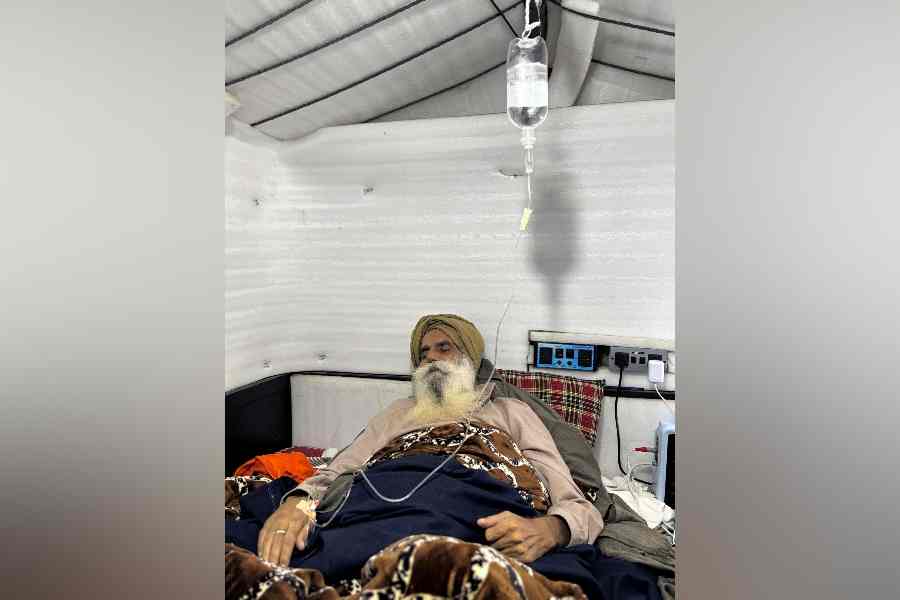Scientists have combined rice grains with animal protein and fat to create grains that are part-rice and part-beef through a novel process that they believe could also be tailored to make hybrid rice-fish grains.
The process developed by researchers in South Korea involves coaxing animal muscle and fat cells to grow inside rice grains and demonstrates a possible route to a candidate for future food and sustainable food production, the scientists said.
The hybrid rice-meat grains, albeit still a laboratory feat and likely years away from reaching dinner plates, meet all criteria for food safety, nutritional value and commercial potential, the researchers have said.
“The process we’ve developed is versatile,” Jinkee Hong, an associate professor in chemical and biomolecular engineering at Yonsei University, Seoul, who led the research, told The Telegraph. “It may be possible to replicate it with fish cells or fish protein to create rice integrated with fish.”
Hong and his colleagues have described their work in a research paper published on Wednesday in the peer-reviewed journal, Matter. The process, the scientists said, is expected to lead to affordable and nutritious protein alternatives not dependent on animal production.
Their work comes against a backdrop of multiple studies that have implicated animal agriculture, including livestock rearing for food, in global warming. A United Nations Environment Programme report last year had estimated that animal agriculture contributes 14 per cent to 20 per cent of the global human-caused greenhouse gas emissions, widespread air and water pollution and loss of soil structure and nutrients.
The UNEP report had underlined the possible role of alternatives to animal source products such as plant-based products with the sensory profile of meat, animal cells grown in the lab, or protein-rich food made from microbes.
The Korean scientists have now proposed a new recipe for that list. They first coated rice with fish gelatin, a safe and edible ingredient that helps cells latch onto the rice better. Cow muscle and fat cells were then seeded into the rice and allowed to grow in a petri dish for nine to 11 days.
Their final product is lab-grown hybrid rice-beef grains. The scientists steamed the grains to study their nutritional content, odour, and texture. The hybrid rice was firmer and brittler and had 8 per cent more protein and 7 per cent more fat than regular rice.
Their calculations suggest that for every 100g of protein produced, the hybrid rice will release 7kg carbon dioxide, while beef releases 49kg, and that hybrid rice will cost US$2.23 per kg, while beef costs $14.88 per kg.
The scientists concede their process will need to overcome multiple barriers towards possible commercialisation.
The production process, Hong said, will need to be scaled up, the hybrid grains will need to be shown to meet all food safety standards and — most importantly — the food will need to gain public acceptance.
“Introducing a novel hybrid food will require substantial public education and transparent communication about the benefits and safety of these products,” Hong said. “We’re optimistic, however, that as people become familiar with the concept, acceptance will grow.”
The scientists believe their process can be applied to any rice species. “This versatility is crucial because different rice species are preferred and consumed across Asia and other parts of the world. We’d like to make this accessible to as many regions as possible.”
Sohyeon Park, a member of the research team and the first author of the research paper said in a media release from the journal: “This grain-based hybrid food could one day serve as food relief for famine, military rations, or even as space food.”











